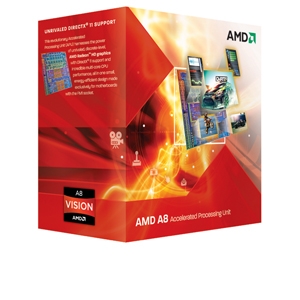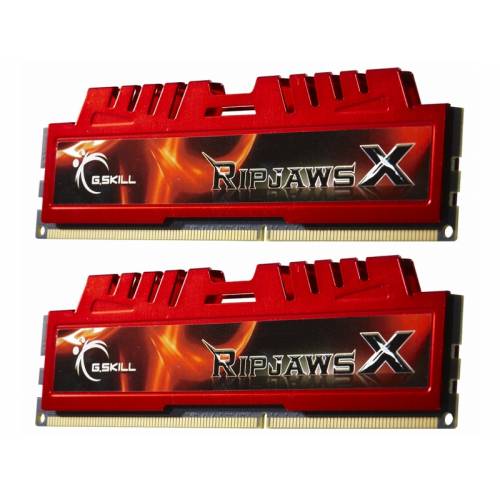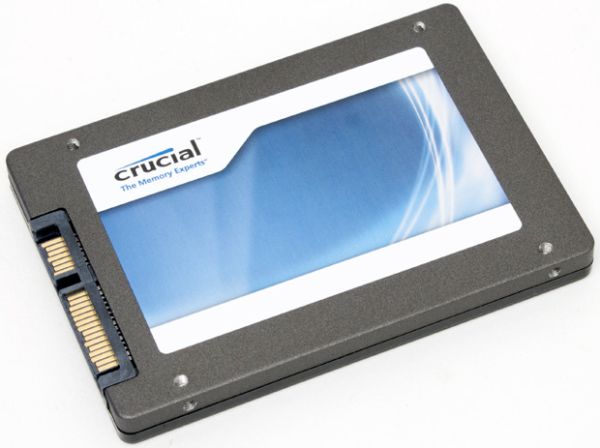Holiday 2011 Midrange System Buyer's Guide
by Zach Throckmorton on December 6, 2011 12:00 AM EST- Posted in
- Guides
- AMD
- Intel
- Sandy Bridge
- Llano
- Holiday 2011
- midrange
- NVIDIA
The AMD A8-3850 APU
Since its retail availability in July, AMD's Llano series of APUs (accelerated processing units) has offered vastly improved integrated graphics performance compared to previous chips from both AMD and Intel. The on-die graphics capability of the Llano chips is good enough to play even more demanding titles like Crysis acceptably, at least on medium resolutions and settings. The computing experience is also more than sufficient for generalized, day-to-day desktop computing.

Anand previewed and then fully reviewed the A8-3850 upon its release. You can get a great idea of what to expect, performance-wise, from his articles. The platform has matured since its launch, and prices on the supporting motherboards have fallen a bit over the last few months, making Llano an increasingly attractive choice for lower midrange gamers. As Anand's testing indicates, the A8-3850 is roughly equivalent to the Intel Core i3-2100—in general, the Intel chip takes the lead in single-threaded workloads while the AMD APU wins in multi-threaded scenarios. In order to get the Intel system up to par with the AMD rig in terms of graphics performance, you have to spend at least another $50 on a budget discrete GPU. For more casual gamers, that extra cost simply isn't necessary.
The parts
We've paired the A8-3850 with the fully-featured ASUS F1A75-M PRO/CSM motherboard. This is a well-designed board that features four rear USB 3.0 ports and two USB 2.0 ports, with headers for two more USB 3.0 ports and eight additional USB 2.0 ports. Other ports and interfaces include D-Sub, DVI, and HDMI video outs, an optical port, and GbE ethernet (among many other less important interfaces).
The build also features a Crucial M4 64GB SSD. AnandTech has long stressed how adding an SSD to a modern computer makes for a much improved, faster, and snappier all-around computing experience. Anand reviewed the M4 earlier this year. Since then, it has earned a reputation as a solid (though not stellar) performer, that is perhaps more importantly also very reliable. It has also become quite affordable. Though 64GB is plenty of space for the OS and many applications, it's insufficient for a large game and/or media library. Thus we've paired the speedy SSD with the venerable Samsung F3 1TB HDD. That said, because the anomalously high prices of mechanical hard drives puts this storage combination's total price at over $250, it's also worth considering ditching the mechanical drive altogether and going with only a higher capacity SSD like Intel's 320 Series 160GB SSD--you can always add a hard drive down the road when the prices come back down.

For the memory, we have an 8GB (2 x 4GB) kit of DDR3-1866. Anand's review of the A8-3850 showed that Llano benefits from higher bandwidth RAM, though this difference is not always that remarkable. You can save a few dollars by instead opting to go with a slower kit like this standard Kingston DDR3 1333 pair.
Rounding out the build, we once again turn to Antec's stalwart NEO ECO 400C power supply. I've put this PSU in many builds now and have yet to experience an issue with one. It is quiet, efficient, its cables are sleeved, 400W is more than enough power for any mainstream single GPU (or in this case, GPU-less) system, and it is not expensive at all.
All of the parts are housed in a Fractal Design Arc Midi, which Dustin reviewed recently. I really like this case and the customers for whom I've built systems with it rave about the Arc Midi. It has an integrated, ready-to-go (i.e. no aftermarket parts necessary) front USB 3.0 port, excellent thermals and acoustics, and while looks are subjective, I think it's very stylish.
| Component | Product | Price |
| Processor | AMD A8-3850 APU | $140 |
| Motherboard | ASUS F1A75-M PRO/CSM | $110 |
| RAM | G.SKILL Ripjaws X Series 8GB DDR3 1866 | $60 |
| SSD | Crucial M4 64GB | $110 |
| HDD | Samsung Spinpoint F3 1TB | $150 |
| Power supply | Antec NEO ECO 400C 400W | $35 |
| Case | Fractal Design Arc Midi | $100 |
| Optical drive | LITE-ON iHAS324-98B | $20 |
| Operating system | Windows 7 Home Premium 64-bit (OEM) | $100 |
| Total: | $805 |
Summary
This is a well-rounded system that is capable of casual to moderate gaming without the extra cost (and electricity) of a discrete video card. The quad-core A8-3850 and 8GB DDR3 facilitate great multitasking while maintaining good single-threaded performance. In addition to the reviews linked above, you can get a better picture of this APU's performance on AnandTech's Bench. The motherboard has room for a discrete GPU should you want to upgrade eventually, and has all of today's bells and whistles in terms of connectivity. The combination of the SSD and HDD offers the best of both worlds: SSD speed and HDD capacity. Finally, the case and PSU offer plenty of upgradeability for more storage (when HDD prices inevitably settle down in a few months) and thermals that will easily accomodate additional heat-generating internal components like a discrete GPU.
If you're looking for more computational and graphics power, check the next page for our $1000 Intel-based system.











57 Comments
View All Comments
cjmurph - Wednesday, December 7, 2011 - link
Damn auto correct.duploxxx - Wednesday, December 7, 2011 - link
Would there be ANY reason why to take the crucial which cost 110$ while at the same time for the higher end design you take an OCZ for 100$ with 20$ rebate...also for a budget Liano design there is not a single reason to buy the Asus PRO, the normal version has just a few less USB ports (not needed more) and costs again less
http://www.newegg.com/Product/Product.aspx?Item=N8...
but on the 2500 you take the cheapest mobo just to be able to squeze in the budget of the 1000$ with rebates
balance and compare designs, it's like the systems have been put together by different people
vigeeta - Wednesday, December 7, 2011 - link
is it just me .. or.. there is no video card on the 2600k system? and no price?miyomiyochan - Wednesday, December 7, 2011 - link
Ya, where is the GPU in the 2600k system?spigzone - Wednesday, December 7, 2011 - link
Your 3850 component choices are weird.A $100 computer case for a low power NON gaming dedicated computer for why? when an Antec 300 goes for $50 - HALF the price.
1866 RAM when 1333 RAM goes for HALF the price. Wtf does a Llano build need 1866 RAM for?
Why not get a 120GB SSD and wait for the prices on TB drives to drop back down?
PVitty - Tuesday, December 13, 2011 - link
Good article... I compared your build with my i5-2500K setup and it's pretty similar except for the GPU... I have a Radeon 6570. Here's my full spec list. I think I did good :)Component Amt Paid (after Rebate)
i5-2500K + Gigabyte Z68AP-D3 $238
Antec 300 Mid-Tower ATX $40
OCZ ModXStream 600W PSU $40
24x Lite-On DVD+/-RW $15
Corsair XMS3 8GB DDR3 1600Mhz $30
Gigabyte Radeon 6570 DDR3 $40
Cooler Master Hyper 212 Plus $22
Intel 320 Series 120GB SSD $110
Seagate Barracuda Green 2TB $80
Additional Case Fans (3) $10
Rosewill RC-103 USB Adaptor $10
Total $635
anirudhs - Wednesday, December 14, 2011 - link
I would drop the i5-2500K and go with the i3-2105 because it has HD3000. I would then drop the Radeon 6850 and go with an audio card from HT | Omega (Hope I got that right). i3-2105 and A8-3850 is perhaps a more equal comparison.